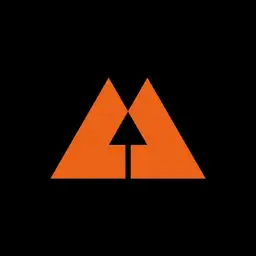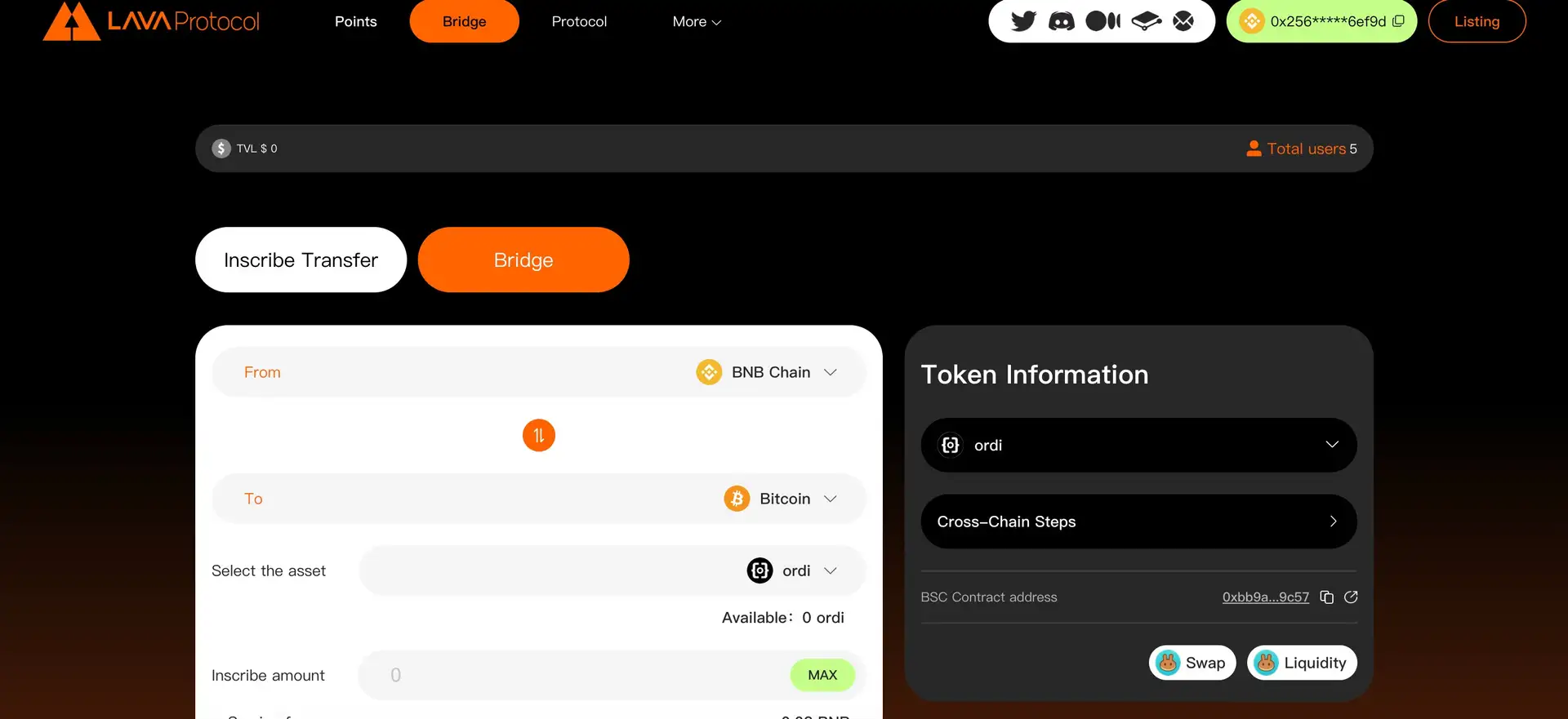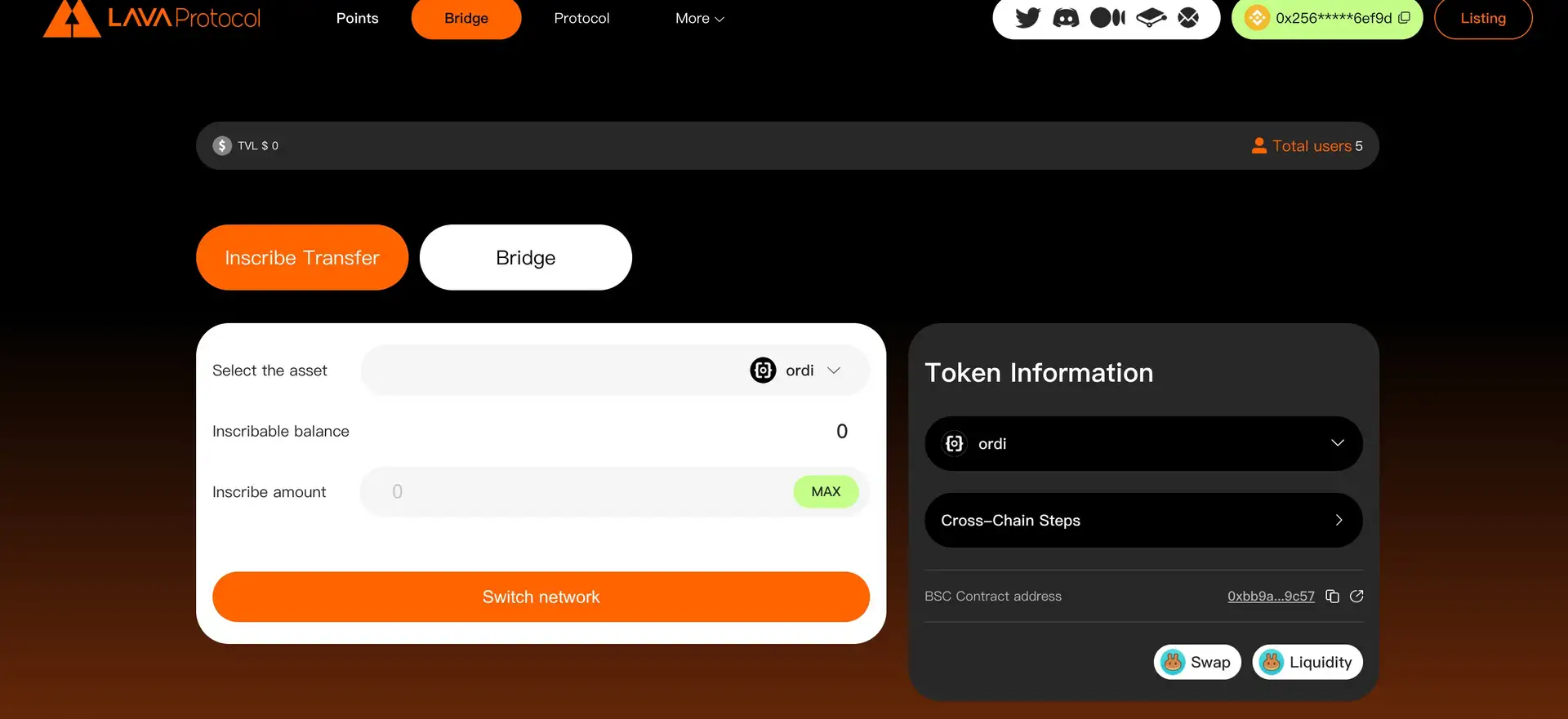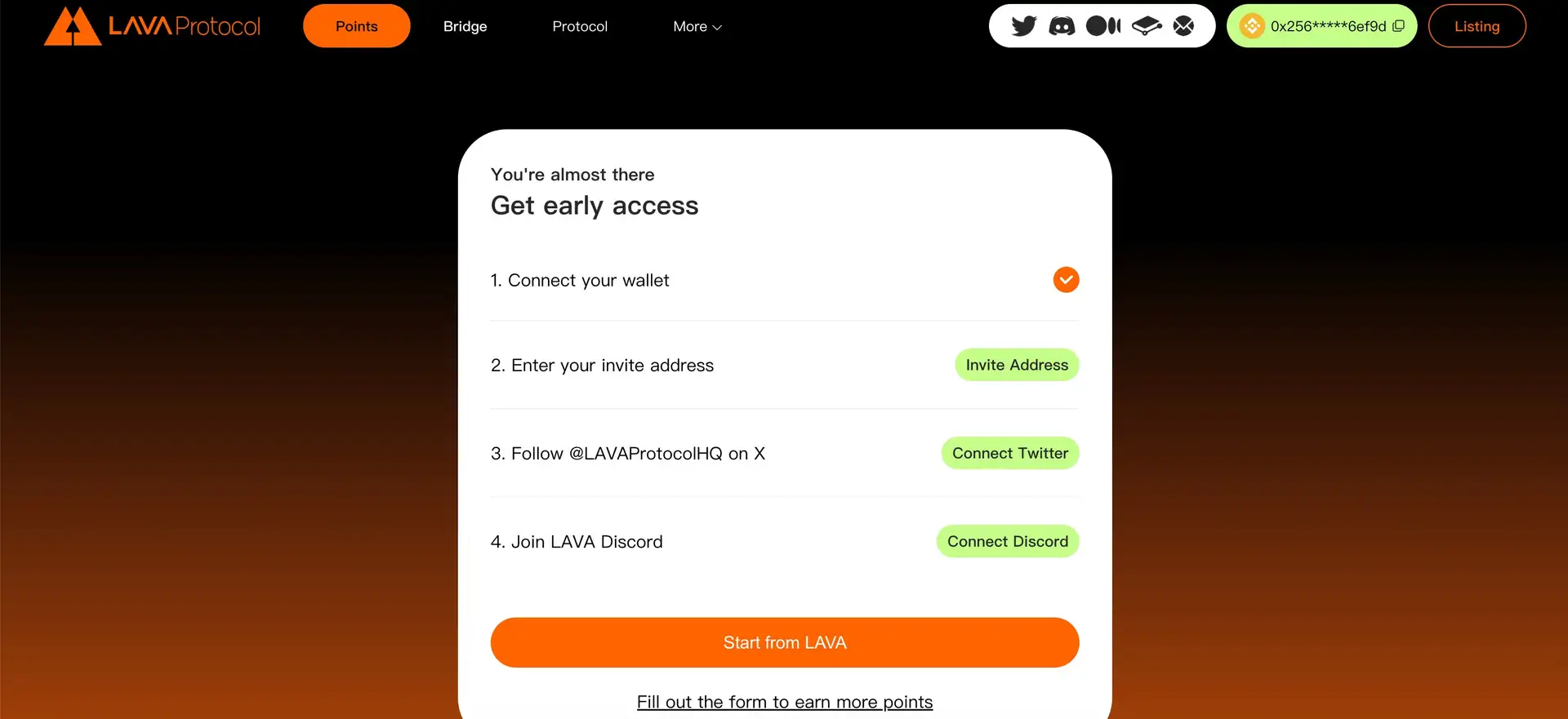About LAVA Protocol
The LAVA Protocol is an innovative project designed to tackle the pressing issues of liquidity fragmentation in the decentralized finance (DeFi) ecosystem. With the rapid proliferation of blockchain networks, the transfer of assets across these chains has become increasingly complex and inefficient. The LAVA Protocol addresses this challenge by offering a comprehensive solution that enhances the decentralization and interoperability of digital assets. By focusing on the BRC20 standard and ensuring compatibility with Ethereum's Virtual Machine (EVM), LAVA enables seamless interaction between different blockchain ecosystems.
The project’s mission is to create a decentralized liquidity protocol that connects various blockchain networks, thereby facilitating smoother asset circulation. LAVA achieves this through a range of advanced features, including cross-chain bridges, Automated Market Making (AMM) protocols, decentralized exchanges, and financial services like staking and lending. These features not only enhance liquidity but also empower users by offering them a more versatile and interconnected platform for managing digital assets.
The LAVA Protocol represents a significant advancement in the DeFi landscape, offering a comprehensive solution to the longstanding issue of liquidity fragmentation across blockchain networks. The project was conceived with the vision of creating a decentralized, interconnected ecosystem where digital assets can move freely and efficiently between different chains. This vision is realized through the use of the BRC20 standard, which, when combined with Ethereum's Virtual Machine (EVM) compatibility, enables a seamless and highly interoperable platform.
Since its inception, the LAVA Protocol has focused on addressing the challenges that hinder the smooth transfer of assets across various blockchain networks. These challenges include the lack of interoperability between chains, inefficient liquidity management, and the limitations of existing decentralized exchanges (DEXs). By introducing cross-chain bridges, LAVA allows assets to be transferred seamlessly between different blockchains, breaking down barriers and facilitating a more fluid and dynamic DeFi ecosystem.
One of the key components of the LAVA Protocol is its Automated Market Making (AMM) system. AMMs are crucial in providing liquidity in DEXs by allowing users to trade assets without relying on traditional order books. This system not only enhances trading efficiency but also ensures that liquidity is always available for transactions. The protocol’s AMM system is designed to be highly adaptable, capable of integrating with various blockchain networks to provide seamless trading experiences across the decentralized landscape.
Another cornerstone of the LAVA Protocol is its focus on decentralized finance services such as staking and lending. By offering these services, LAVA provides users with opportunities to earn rewards and actively participate in the ecosystem. Staking allows users to lock up their LAVA tokens in the protocol to earn rewards, while lending services enable users to lend their assets in return for interest, further enhancing the liquidity of the network.
The protocol’s compatibility with Ethereum’s Virtual Machine (EVM) is another critical feature, as it ensures that LAVA can interact with a wide range of dApps and services built on Ethereum. This compatibility broadens the scope of what can be achieved within the LAVA ecosystem, enabling more complex and integrated applications that leverage both the BRC20 and EVM standards.
In terms of competition, the LAVA Protocol positions itself uniquely by combining BRC20 token support with cross-chain interoperability and a focus on DeFi services. While protocols like Uniswap and SushiSwap dominate the AMM space, LAVA’s emphasis on interoperability and its multifaceted approach to liquidity provision set it apart. Unlike many other protocols, which focus solely on a single chain or service, LAVA’s broad scope and adaptability make it a formidable player in the evolving DeFi landscape.
- Cross-Chain Interoperability: LAVA enables seamless asset transfers between different blockchain networks, breaking down barriers and improving liquidity across the ecosystem.
- Automated Market Making (AMM): The protocol offers an advanced AMM system that enhances trading efficiency and liquidity provision, ensuring that trades can be executed quickly and effectively.
- Decentralized Exchange (DEX): LAVA integrates with DEXs to offer decentralized trading services, contributing to a more open and accessible financial system.
- Staking and Lending: Users can engage in staking and lending activities, earning rewards while contributing to the protocol’s liquidity. This not only provides financial incentives for users but also strengthens the overall ecosystem.
- EVM Compatibility: The protocol’s compatibility with Ethereum’s Virtual Machine (EVM) ensures a broader range of applications and cross-chain functionality, making LAVA adaptable to various use cases in the DeFi space.
- Community-Driven Governance: LAVA's governance model allows token holders to participate in key decision-making processes, ensuring the protocol evolves according to user needs and remains aligned with the community’s interests.
- Innovative Technology: LAVA’s use of cutting-edge technologies, including cross-chain bridges and advanced liquidity management systems, positions
To get started with the LAVA Protocol, follow these steps:
- Create a Wallet: Ensure you have a wallet compatible with both BRC20 and EVM tokens. Popular choices include MetaMask and Trust Wallet.
- Acquire LAVA Tokens: Purchase LAVA tokens through participating exchanges. The official website will have up-to-date information on where to acquire tokens, so make sure to check LAVA Protocol’s website for details.
- Access the Platform: Visit the LAVA Protocol’s website and connect your wallet. This will give you access to the full range of features the platform offers, including staking, lending, and trading on the DEX.
- Explore Features: Start using the platform’s features. Begin by exploring the AMM system and trading on the DEX. If you're interested in earning rewards, consider staking your LAVA tokens or participating in lending pools.
- Engage with the Community: Join the LAVA Protocol community channels on Discord and Twitter for updates, support, and to participate in governance decisions. Being active in the community will keep you informed about the latest developments and opportunities within the LAVA Protocol.
LAVA Protocol Reviews by Real Users
LAVA Protocol FAQ
LAVA Protocol ensures cross-chain liquidity by using cross-chain bridges that connect various blockchain networks, allowing seamless asset transfers. This mechanism eliminates barriers and enhances liquidity, making it easier for users to trade and move assets across different platforms.
BRC20 tokens are integral to the LAVA Protocol, as they are designed to ensure compatibility with both Ethereum’s Virtual Machine (EVM) and other blockchain standards. This compatibility allows for broader functionality and interoperability within the LAVA ecosystem, supporting a wide range of decentralized applications (dApps).
The AMM system in the LAVA Protocol is distinguished by its integration with cross-chain functionality. Unlike traditional AMMs that operate within a single blockchain, LAVA's AMM system allows for liquidity provision and trading across multiple chains, enhancing trading efficiency and providing a more interconnected DeFi ecosystem. More details can be found on the official website.
EVM compatibility in the LAVA Protocol is crucial as it ensures that the protocol can interact with a broad range of dApps and services built on Ethereum. This compatibility broadens the use cases and functionality of the LAVA ecosystem, making it more versatile and adaptable to the evolving needs of the DeFi space.
Users can participate in LAVA Protocol's governance by holding and staking LAVA tokens. This allows them to vote on key protocol decisions, ensuring that the project evolves according to the community's needs. Participation in governance also gives users a direct role in shaping the future of the LAVA ecosystem.
You Might Also Like












